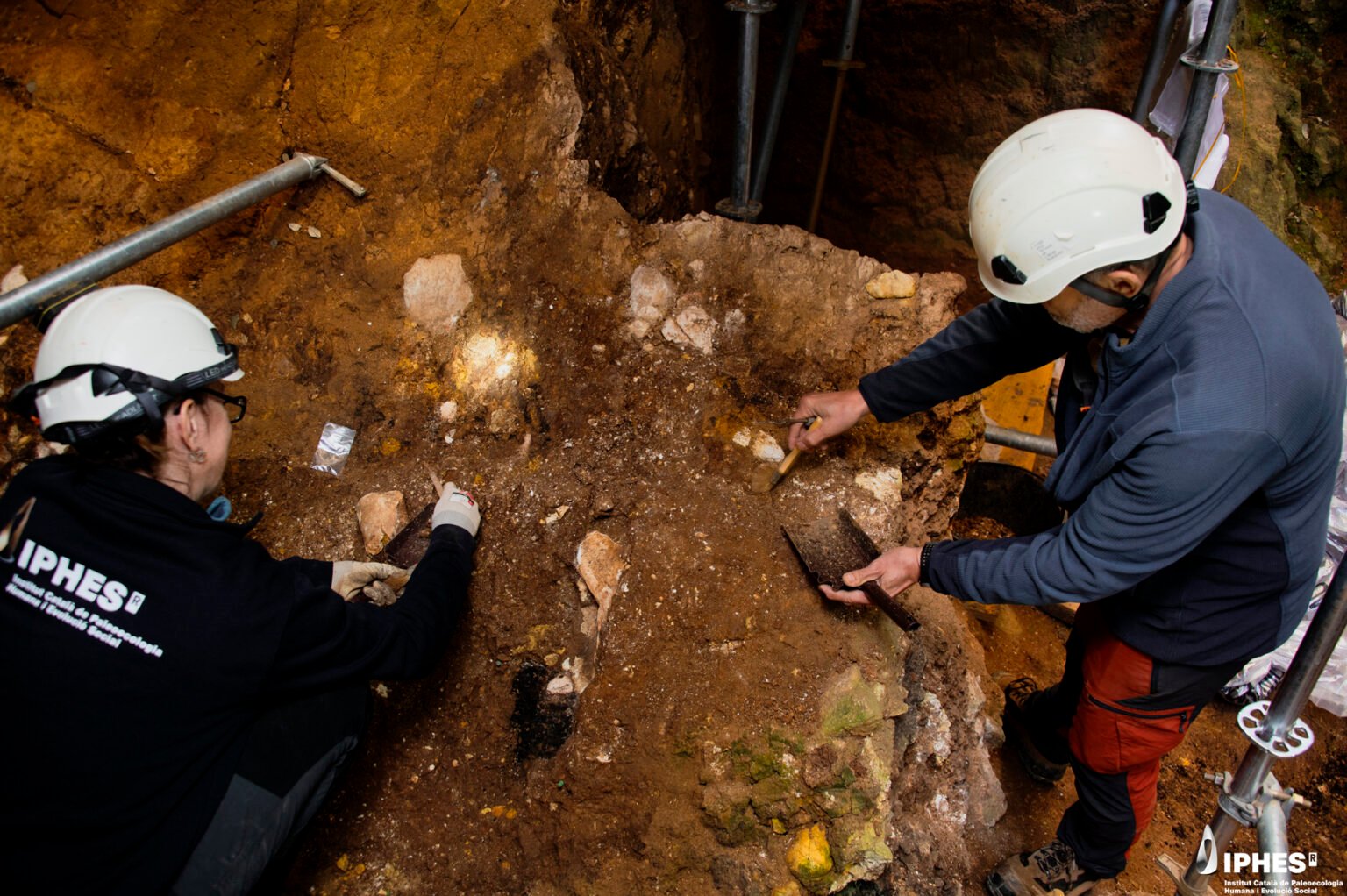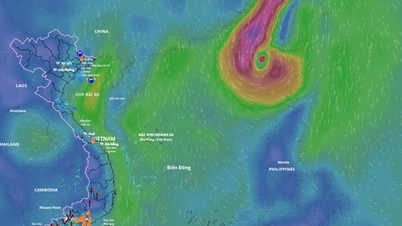(NLDO) - The process of reconstructing the remains of a mysterious person in Spain has revealed a strange face, unlike any other human ever recorded.
A research team led by Spain's National Center for the Study of Human Evolution (CENIEH) claims to have discovered "a new element in the story of human evolution".
It was a previously unrecorded human species, represented by Pink, a mysterious person who left behind skeletal remains in the province of Burgos, Spain.

The remains of a mysterious human were excavated in Atapuerca, Burgos province - Spain - Photo: IPHES
According to Science Alert , Pink was found in 2022 with part of his jaw and cheekbone at the Atapuerca site, in the limestone region of the same name.
After years of work, an international team of experts has dated Pink to be between 1.1 and 1.4 million years old, possessing a narrow, flat face, with fewer modern features than experts expected.
CENIEH Director María Martinón-Torres, who led the research team, said the remains were unearthed in an area rich in artifacts belonging to the ancient human species Homo antecessor.
However, facial features suggest that Pink resembles another species, Homo erectus.

Cheekbones and jaws help scientists reconstruct a strange portrait - Photo: NATURE
Homo erectus, also known as "upright man", appeared about 2 million years ago, is believed to be the first species of the genus Homo (Human genus) to escape the appearance of hominids, stand upright on 2 legs and know how to produce tools effectively.
But further research, including facial reconstruction, revealed a strange portrait, not quite resembling Homo erectus.
Ultimately, scientists concluded that Pink most likely belonged to a “forgotten” species of human that arrived in Western Europe before Homo antecessor. This mysterious species may have been closely related to Homo erectus.
The two species may have overlapped in time and space, or simply missed each other.
Dr Martinón-Torres also suspects Pink's ancestors came from Eastern Europe rather than from Africa via the Strait of Gibraltar, as there is abundant archaeological evidence scattered along the former migration route.
The earliest evidence of human activity at the “gateway to Europe” dates to about 2 million years ago, leaving plenty of time for the first waves of migration to reach western Europe in the early Pleistocene (about 1.8 million years ago to 11,550 years ago).
At the site where Pink was found, researchers also discovered stone tools and animal remains with cut marks on them.
This suggests that Homo erectus and related species of this famous lineage knew how to make simple but effective tools to exploit the resources of warm, wet regions.
The research has just been published in the scientific journal Nature , while excavations are still ongoing.
Paleontologists still hope to find more fossil evidence that will help them learn more about Pink and the species to which he — or she — may have belonged.
Source: https://nld.com.vn/phat-hien-hai-cot-cua-mot-loai-nguoi-moi-196250314095022066.htm





![[Photo] Prime Minister Pham Minh Chinh receives Lao Minister of Labor and Welfare Phosay Sayasone](https://vphoto.vietnam.vn/thumb/1200x675/vietnam/resource/IMAGE/2025/11/11/1762872028311_dsc-2246-jpg.webp)



































































































![Dong Nai OCOP transition: [Article 3] Linking tourism with OCOP product consumption](https://vphoto.vietnam.vn/thumb/402x226/vietnam/resource/IMAGE/2025/11/10/1762739199309_1324-2740-7_n-162543_981.jpeg)








Comment (0)